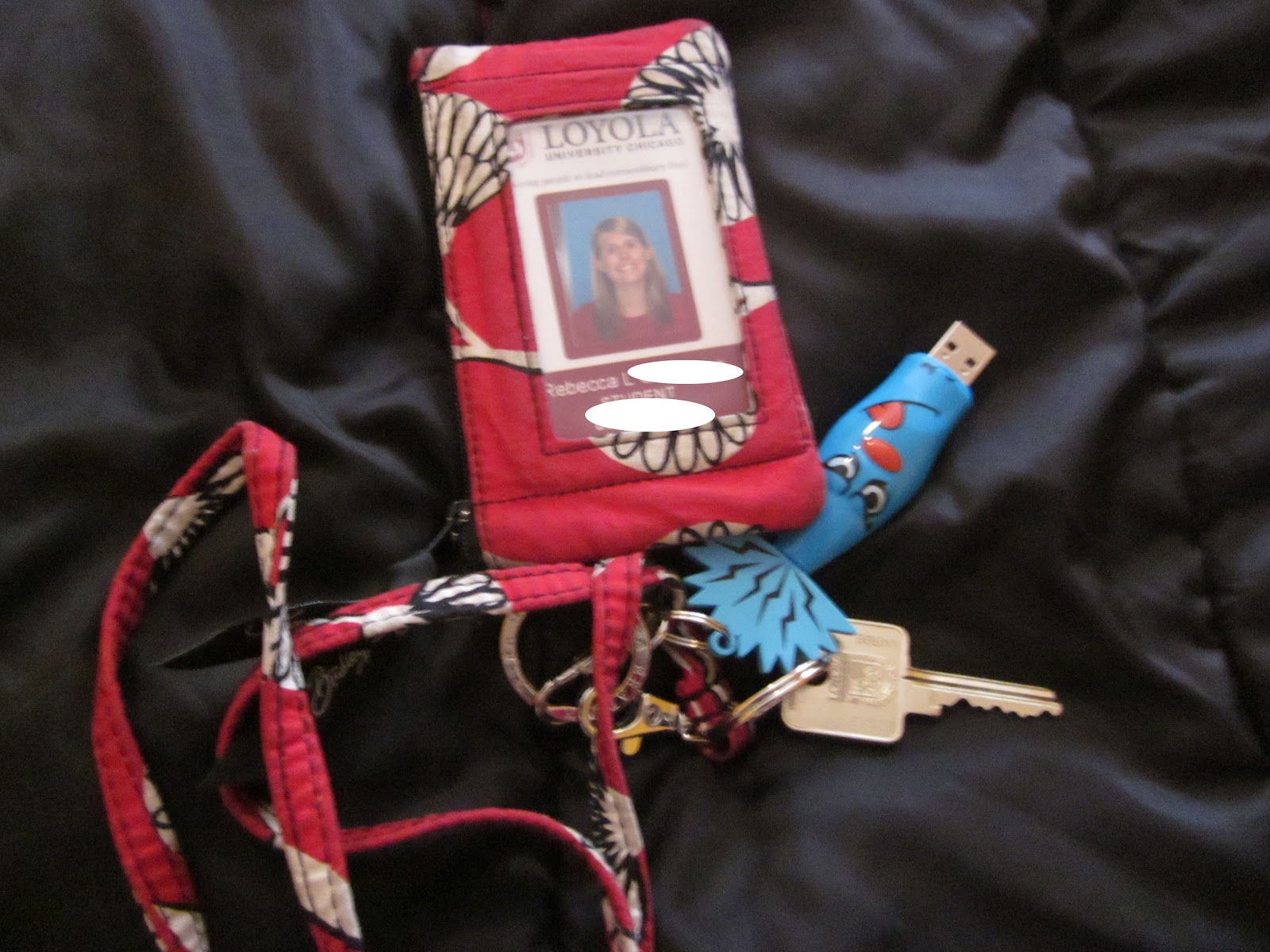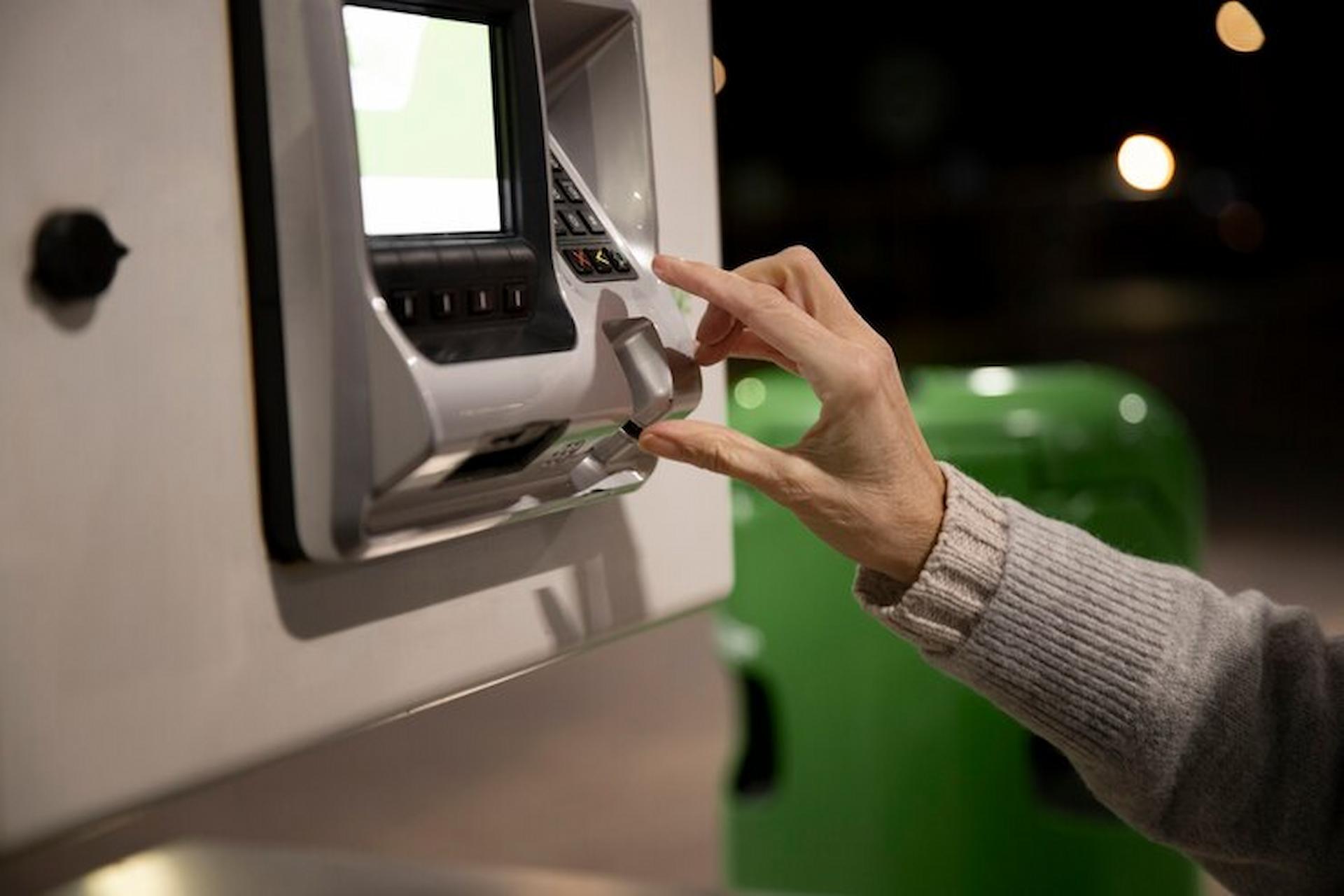Lanyards are very ubiquitous items these days. Indeed, these handy chords can be observed hanging around people’s necks in shops, workplaces, hospitals and airports as well as at special events like music festivals, business fairs and commercial conventions/exhibitions.
But where did the lanyard come from?
Lanyard origins
The lanyard first appeared way back in the late nineteenth century when it was a simple piece of cord used to secure a jack-knife (a weapon) in war. This early variant of lanyard was worn on the left shoulder with the end containing the knife tucked into the left breast pocket. However, this all changed in the early twentieth century when the lanyard was moved to the right shoulder as trying to remove the jack-knife from its pocket was not an easy thing to do when it was located underneath a bandolier.
By the 1930s, the jack-knife was deemed to be unnecessary and so the lanyard became a straight cord which was worn purely for ornamental purposes. At first, this basic-looking lanyard was nothing more than a simple piece of strong cord. Over time though, varying influences turned this rather plain-looking item of ornamental apparel into something significantly more decorative, with smart motifs, bold colours and energetic styles making them look like the lanyard products we recognise today.
Modern lanyard products
Unlike those of yesteryear, modern lanyard products are constructed from polyester, nylon, or cotton, and are of flat braided tubing. This flat tubing enables design features like names, logos, or indeed any other kind of personalised printing to be included on the lanyard material. Modern printing techniques are very versatile and vary from hot stamping to slightly more expensive dye sublimation processes. This versatility ensures today’s lanyard products are available in a seemingly endless array of patterns, colours, styles and lengths.
Twenty-first-century applications
Needless to say, lanyard products in this day and age are not used to carry any kind of weapons! For the most part, people in the twenty-first century use lanyard products in much the same way as previous generations used wallets and key rings. Certainly, the fact that individuals can keep things like keys and plastic cards safe, secure – and highly visible – ensures few people under the age of 30 feel the need to use wallets and key rings for everyday use.
Personalised lanyards are also very popular nowadays. To be sure, many workplaces now issue custom lanyards to their employees almost as an extra type of uniform. More often than not, these occupational accessories come equipped with plastic badge holders to accommodate staff ID cards.
Of course, many people these days use lanyard products to keep their electronic devices close to hand and safe from harm. The rampant march of technology has lead to electronic products like cameras, MP3 players, mobile phones, and memory sticks becoming significantly smaller than they once were so being able to carry them around somewhere where they are unlikely to get damaged (unlike in a pocket) is very advantageous indeed.
About the author – Bo Heamyan blogs regularly about the quirks of twenty-first-century living and loves nothing more than writing about innovative products for leading industry websites like Printed-Lanyards.com.



